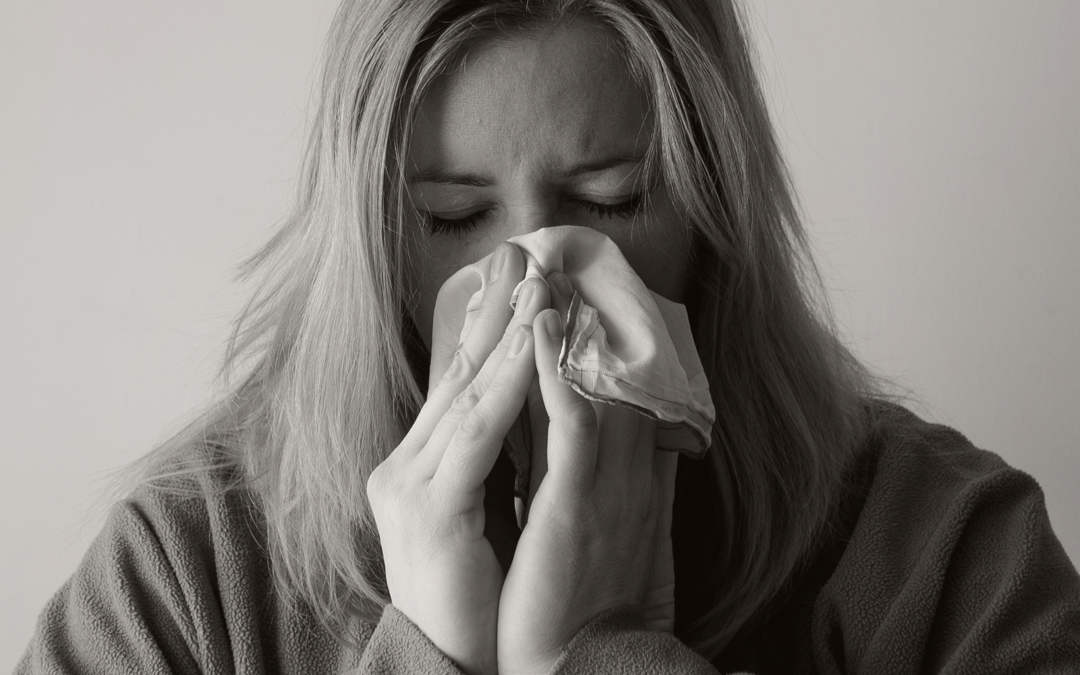Dear Parent/Guardian,
Cold and Flu season is upon us. The California Department of Public Health reports that influenza (flu) activity levels have increased over the past several weeks. As a reminder, please do not come to your or your child’s appointment if they are feeling sick. Keeping your sick child home will be a great benefit for the health and wellness of our patients and team. The flu is a contagious respiratory illness caused by influenza viruses. It can cause mild to severe illness. Some people, such as older people, young children, and people with certain health conditions, are at high risk of serious flu complications. Symptoms of influenza can vary, but generally include a high fever, headache, chills, body aches, sore throat, and cough.
The 2019-20 flu season has been complicated by recent reports of a novel coronavirus. Coronaviruses are a large family of viruses. Common symptoms in an infected person include a fever, cough, and shortness of breath or difficulty breathing. Presently, there has been one reported case of novel coronavirus (COVID-19) in San Diego County, seven in the state of California, and 13 in the United States. The CDC has said the current risk of local transmission is low.
We are continuing to monitor the situation and obtain updates from the Centers for Disease Control (CDC), California Department of Public Health, and local health officials about the diagnosis and management of cases of novel coronavirus, as applicable.
About this Virus
Coronaviruses are a large family of viruses that cause symptoms of colds. However, this is a “novel” virus, originating in China in late 2019 (hence the name, 2019 Novel Coronavirus). Until recently, this particular strain of coronavirus circulated among animals only. Now it appears to have spread to humans, and can be spread between humans. The abbreviated term for this virus is: COVID-19.
Current Understanding of Virus
- Symptoms most commonly include: fever with cough or shortness of breath; Some people have fewer or no symptoms at all. Headache, sore throat, and runny nose also occur with this virus.
- Spread is most likely from droplets (cough and sneezing).
- The Centers for Disease Control and Prevention (CDC) considers this a serious public health threat, but with health risk from this virus to be low at this time.
- It is not yet known whether people carrying the virus, but have no symptoms, can spread the virus to others.
- Symptoms of COVID-19 may appear in as few as 2 days, or as long as 14 days, after exposure.
- Most people with this infection will recover on their own. There is no specific treatment for novel coronavirus infection yet.
- For patients who are more severely ill, hospitals can provide supportive care.
Basic Prevention of Virus Spread
- Recommend that all family members are up-to-date with their flu shots.
- Promote basic hygiene:
- Any coughing or sneezing should be directed into ones’ sleeve, rather than into hands or the air.
- Wash hands after using/handling used tissues, blowing nose, before/after eating, and after toilet use.
- Wash for 20 seconds with soap, rub between fingers and under nails; and then rinse and dry. Use alcohol (60%+) hand gel if sinks are not readily available.
- Avoid rubbing your own eyes, nose and mouth.
- Do not share utensils, cups, etc.
- Stay home when sick
- Avoid contact with those who are sick
- Wearing of masks in public is not recommended for Americans by the CDC nor by our local public health department. It will be discouraged in schools. Handwashing is considered the best protection from infectious diseases.


Recent Comments